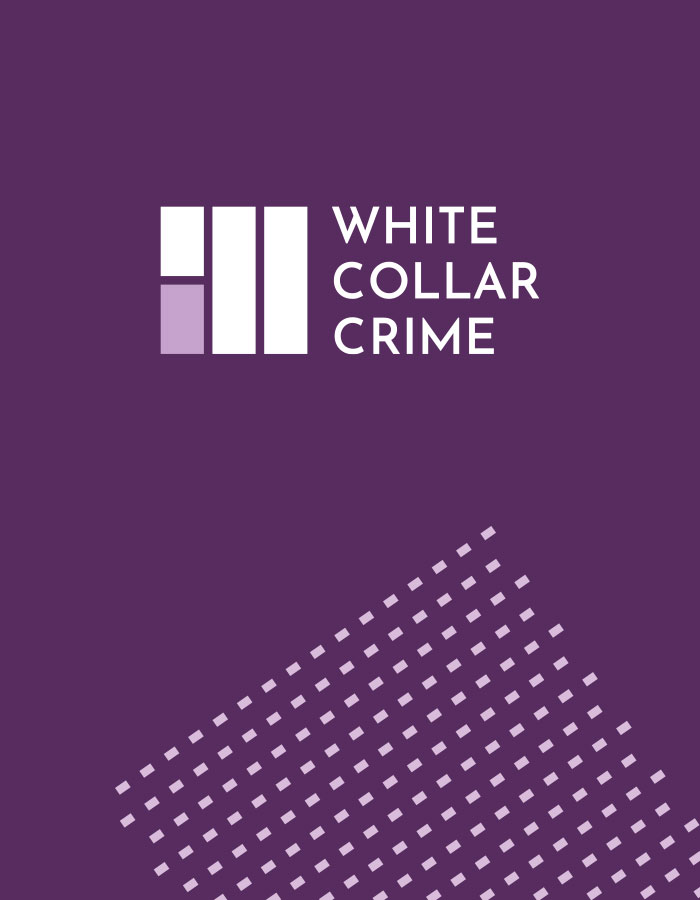Speed read: In July 2021, the Financial Action Task Force published a report on ‘Money Laundering and Environmental Crime’. The report underscores the importance of countries and professional sectors taking into account the money laundering threat posed by environmental crime. Anita Clifford discusses the implications for the regulated sector in the UK.
The proceeds of environmental crime are laundered far more than most realise. This is the message of a recent report of the Financial Action Task Force ‘Money Laundering from Environmental Crime’, published July 2021. The Report estimates that environmental crime — the most profitable being forestry crime, illegal mining and waste trafficking — generates USD 110 to 281 billion of dark money each year. Despite this, appreciation of the threat is low. Many countries, the UK included, have not considered environmental crime in their latest national money laundering risk assessment. As a result, it is unlikely that regulated institutions and firms are aware of the risk indicators, even if they are providing banking, legal or other services to clients engaged in forestry, mining and waste activities.
The Report suggests that it is a trap to assume that a country that is not resource-rich is unaffected by environmental crime. The threat of being drawn into environmental crime must be taken in to account by banks and regulated firms even in countries that lack large forestry or mining industries, or whose economies are not natural resources driven. The Report warns that “even countries with limited domestic natural resources should consider the risk that criminals could use their financial and non-financial sector (e.g., lawyers, TCSPs) to facilitate laundering from such crimes. This is particularly relevant for financial and company service hubs.” The UK’s sophisticated financial and professional sector should take note. Complex corporate structures and intermediaries such as lawyers, estate agents and accountants are often used to layer proceeds of environmental crimes.
The most profitable environmental crimes
Forestry crime, illegal mining and waste trafficking is said to contribute 2/3 of the illicit proceeds generated by environmental crime globally.
Illegal logging, typically in rainforest-dense countries, is one of the main types of forestry crime. Countries in Europe may serve as the transit or destination points in the movement of illicit timber around the globe. Land acquisition and clearing in breach of domestic laws, often for the purposes of farming, building or real estate development, also falls into the category of forestry crime.
As for illegal mining, the key component if often mining of precious metals and stones in the absence of the appropriate licences or where permissions have been obtained through corruption. It can be especially difficult to detect because of the deliberate blending of illicitly and licitly mined materials or because the arrangement appears to have been approved at the highest political levels. Illegally mined metals are typically moved to centralised points in the global markets. The UK is one of the major centralised points as it has sophisticated infrastructure for bullion trading.
Waste trafficking attracts organised criminal groups. Cheap and easy disposal of waste is highly attractive to legitimate businesses of all sizes. The Report notes that this provides criminal groups with many potential customers and opportunities. Money is paid to waste management companies but the waste that is collected may then be mis-classified or not treated correctly because it is dumped or exported to unsuspecting third countries without a disposal plan. The problem is sufficiently serious in the UK that in January 2020 a taskforce was set up to tackle serious and organised waste criminality, which is said to cost the UK economy £600 million a year.
Indicators of risk
All of this suggests that banks and regulated professionals in the UK are not immune to environmental crime but that greater awareness of the risks may be required. The Report identifies signs of illicit financial flows in the context of illegal mining, forestry crime and waste trafficking. These include, for example:
- For illegal mining: customers who have mining licences but operate in or around active conflict zones, frequent payments from companies in the extractive sector to suppliers unrelated to the business, companies with a connection to government mining officials
- For illegal logging: Companies operating in the logging industry which frequently transfer money to offshore financial centres, frequent buying and selling of companies with agricultural or logging permits, companies engaged in timber processing that pay on a commission basis as this may create an incentive to engage in unlawful activity
- For waste trafficking: large funds transfers between waste management companies and known source countries for waste trafficking, waste companies that lack an adequate organisational structure, company owned by a person lacking experience in the waste sector
One or more risk indicators will not necessarily warrant a money laundering concern but will be a sign that further customer or transaction due diligence is vital. Money laundering on the back of environmental crime may not yet be a feature of risk assessments at the national or sectoral level but in time they will be. UK banks and regulated firms would be wise to start thinking about it now. A financial centre may seem a world away from a rainforest, mine or rubbish heap but the flow of criminal proceeds knows no bounds.
…
Anita Clifford is a barrister specialising in money laundering at Bright Line Law. She is recognised in the legal directories Legal 500 and Chambers UK for Proceeds of Crime & Asset Forfeiture work.







